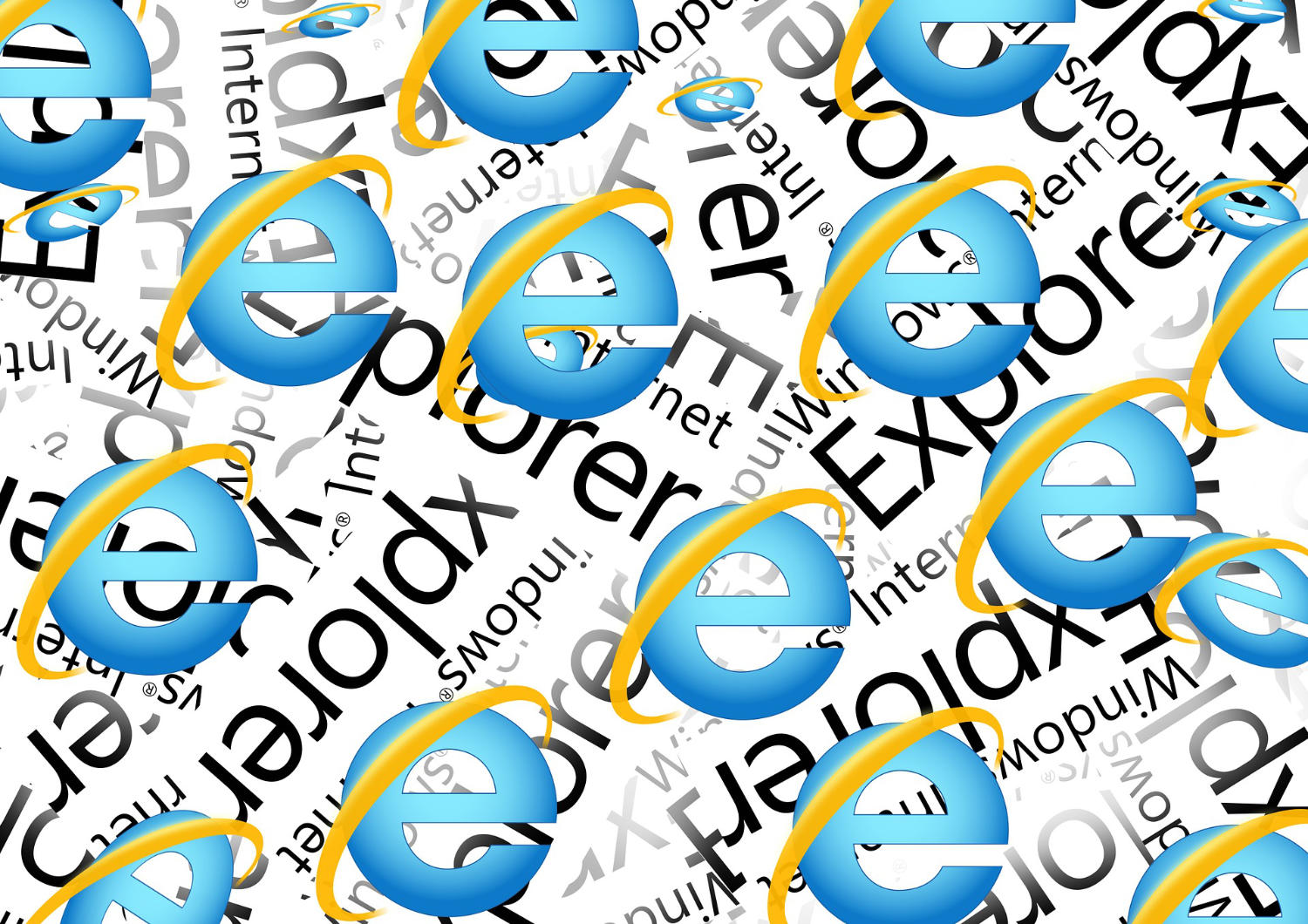Linux is officially 30 years old today, the single greatest open source success story that forever changed the world.
Linus Torvalds sent a message to the comp.os.minix newsgroup on August 25, 1991, announcing he was creating a Unix-type operating system (OS) and asking for feedback and input on possible features. Three decades later, it’s hard to believe how far the OS has come.
Because Torvalds based Linux on Unix, the new OS inherited many of Unix’s advantages. Unix had long been used to power mainframes, and had a reputation for stability. It was not uncommon for Unix computers to go months, or even years, without rebooting. The OS also had far better security built into it than many of the systems that would follow, such as Windows. Torvalds included many of those features in Linux, ensuring it could, and would, be used for the same type of mission-critical services and applications that were once the sole domain of Unix.
Linux may not be a popular option on the desktop, with less than 5% market share, but the OS has had a profound impact on virtually every other aspect of the computing market. The majority of web servers run Linux, as do virtually all the world’s supercomputers. On the other end of the computing spectrum is the smartphone, with Android running on a modified Linux kernel, meaning billions of devices are Linux-powered. As a result, while Linux may never have reached its goal of truly challenging Windows and macOS, in many ways it has far surpassed them both.
Even on the desktop, where its success has been far more limited, Linux has made great strides in the past 30 years. Rather than one single version, Linux is available in countless different distributions (distros), each maintained by individuals, groups, organizations or, in some cases, companies. Each distro offers unique advantages and focus, with some offering more fine-tuned control, others offering greater ease-of-use and still others offering top-notch security.
In the early days, the Linux desktop scene was dominated by Red Hat, Mandrake, Caldera, SUSE, Debian and Slackware. Now there is no shortage of available options, including ones that mimic the Windows and macOS platforms people may be migrating from.
Even on the smartphone, Linux is beginning to make progress beyond Android. Several years ago, Ubuntu, one of the most popular distros, made headlines when it announced it was working on a version for smartphones, Ubuntu Touch. The goal was to create true convergence devices: devices that had the form factor and convenience of a smartphone, but could be plugged into a dock and serve as a full-fledged computer. The devices would run the same OS, software and services, allowing a person to use a single device for all their needs.
While Ubuntu eventually abandoned its plans, Ubuntu Touch was picked up by the community. Ubuntu Touch has continued to improve, and now supports an array of phones and devices. Other distros have also come out with smartphone and tablet support and some devices, such as the PinePhone and Librem 5, have been designed specifically to run Linux. It remains to be seen if these endeavors will make a dent in Apple and Google’s duopoly, but with the current anti-Big Tech sentiment, there’s never been a better time for an alternative to have a fighting chance.
When Linus Torvalds sent that fateful message 30 years ago, he likely never could have imagined how important his creation would become, how much the world would depend on it, or the potential that still lies ahead.


